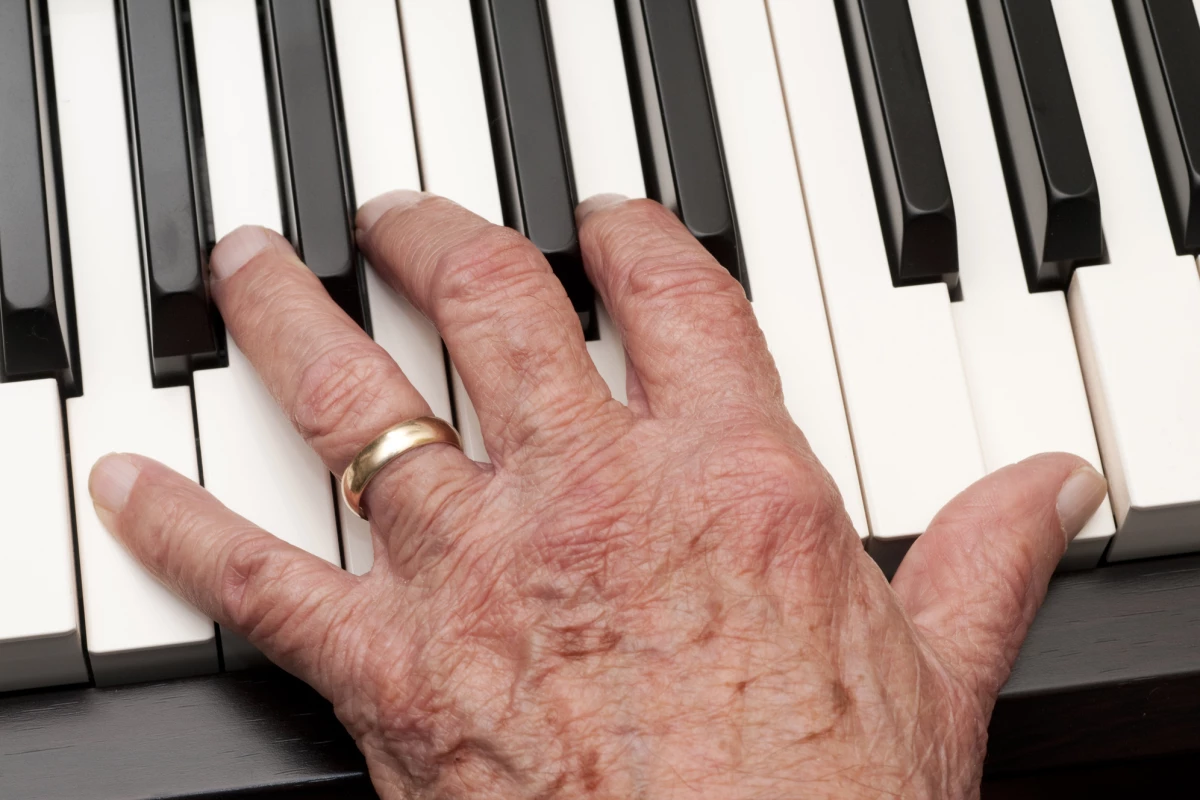It’s unsurprising but unfortunate that as we get older, our capacity to learn new skills diminishes. But a new study by researchers at EPFL has found that non-invasive electrical brain stimulation can help older adults learn new motor skills much faster.
Whether it’s brushing your teeth or making a sandwich, every daily activity is made up of a sequence of small movements and actions that we essentially perform on autopilot. But it can take time and effort to learn a new one of these sequential motor skills, such as a new sport or musical instrument.
Young people often pick up these new skills pretty quickly, but as we get older it’s harder to do and takes longer. So for the new study, the EPFL team investigated a potential way to help older adults learn new sequential motor skills faster and more effectively.
They experimented with a technique called anodal transcranial direct current stimulation (atDCS), which applies a gentle electric current to stimulate specific regions of the brain. Past research has shown this technique can be useful in helping people boost their math skills, memory and learning. One study in particular was able to restore working memory in 70-year-old subjects to the level of a healthy 20-year-old.
The new study was in a similar vein. The team trained and tested groups of younger and older adults on what’s called a finger-tapping task, which requires them to type out a sequence of numbers as fast as possible. The task tests a participant’s dexterity and can easily show their improvement over time, in the tradeoff between speed and accuracy.
As expected, the younger group learned the task faster than the older adults. They did so by prioritizing accuracy in their first training session, then improving speed in later sessions. This, the team says, allowed them to form efficient “motor chunks,” which are motor actions that the brain groups together to reduce the mental load of the task and speed up learning.
“Motor chunks emerge reliably when young adults train on the finger-tapping task, but previous studies show either lacking or deficient motor chunks in older adults,” said Pablo Maceira-Elvira, first author of the study. “While young adults show sharp performance increases early in training and improve overnight, older adults improve at a more moderate pace and even worsen overnight.”
However, when the team applied atDCS to the older participants, they noticed a marked improvement in their learning. The group’s accuracy improved faster and earlier in the training, in a way that resembled the younger group.
“Stimulation accelerated the shift in the speed-accuracy tradeoff and enabled an earlier emergence of efficient motor chunks, with 50% of older adults generating these structures during the first training session,” said Maceira-Elvira. “The study suggests that atDCS can at least partially restore motor skill acquisition in individuals with diminished learning mechanisms, by facilitating the storage of task-relevant information, quickly reducing mental load and allowing the optimization of the mechanical execution of the sequence.”
This could open up atDCS as a non-invasive way to help improve mental function that’s declining due to aging or disorders like stroke.
The research was published in the journal Science Advances.
Source: EPFL




